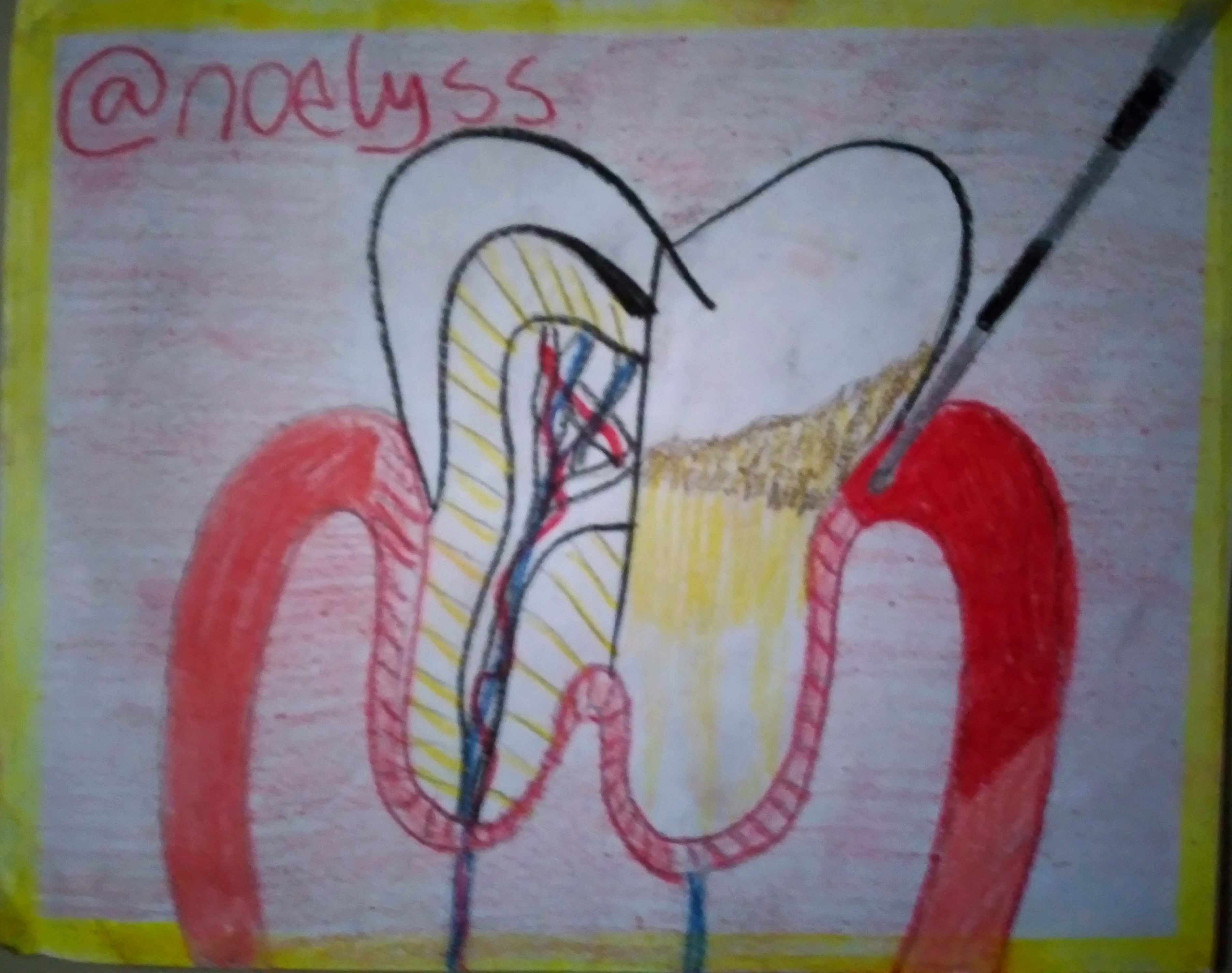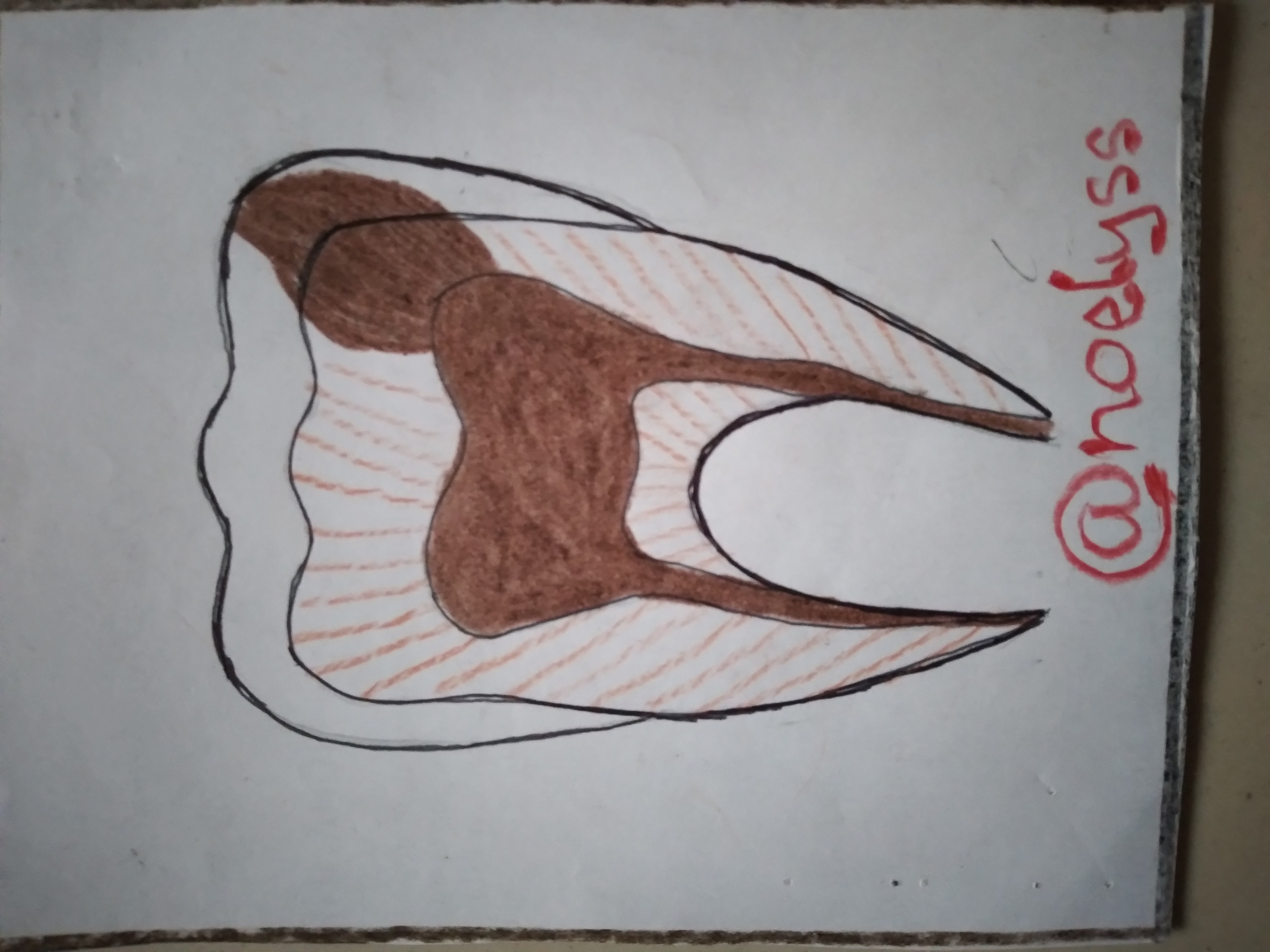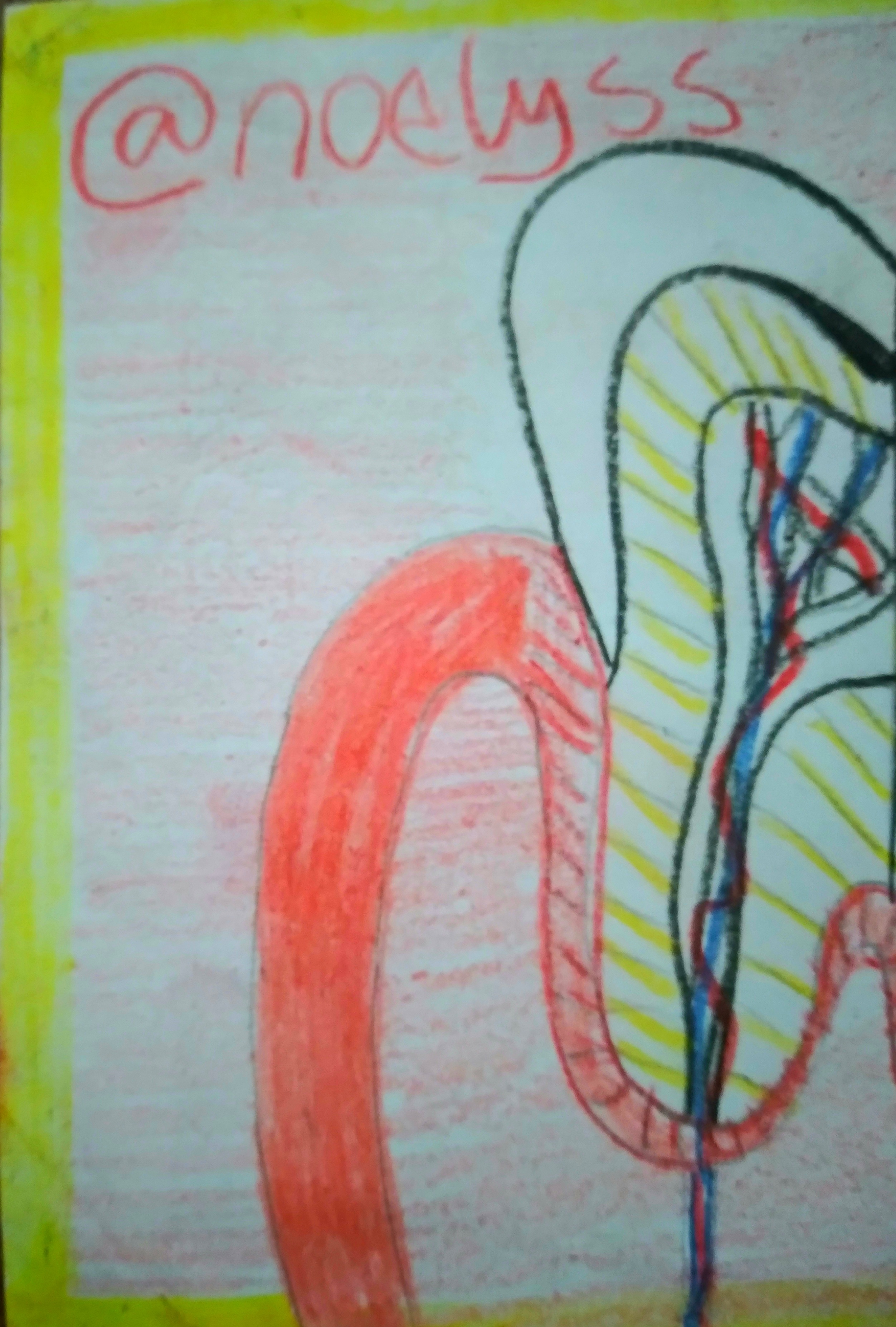Cuando hablamos de lesiones pulpares, debemos ubicarnos inicialmente en el área que se encarga de estudiar este tipo de daño. La endodoncia aborda estos problemas dentario con la finalidad de diagnosticar la magnitud de la patología y determinar un proceso que de solución al daño dental.
El proceso por lo general consiste en eliminar la pulpa o parte de ella, para luego reconstruir la zona dañada y mantener la funcionalidad del diente. Tomando en cuenta que la pulpa es el núcleo de la pieza dental constituido por fibras, células y vasos sanguíneo lo que se hace realmente es eliminar la parte sensorial del diente cuando esta se ve muy comprometida.
When we talk about pulp lesions, we must initially place ourselves in the area that is responsible for studying this type of damage. Endodontics deals with these dental problems in order to diagnose the magnitude of the pathology and determine a process to solve the dental damage.
This process usually consists of removing the pulp or part of it, and then rebuild the damaged area and maintain the functionality of the tooth. Taking into account that the pulp is the core of the dental piece made up of fibers, cells and blood vessels, what is really done is to eliminate the sensory part of the tooth when it is very compromised.

Lesiones pulpares y diagnóstico | Pulpal lesions and diagnosis
Por lo tanto la lesión pulpar consiste en aquella enfermedades que destruyen la pieza dental al punto de afectar el sistema nervioso del mismo, creando así alteraciones degenerativa en esta área que puede ameritar la extracción del diente.
La forma de diagnosticar esta patología se basa en la sintomatologia dolorosa que el paciente refiere además de una evaluación clínica que determina un diagnóstico preventivo o definitivo referente al caso.
Therefore the pulp lesion consists of those diseases that destroy the dental piece to the point of affecting the nervous system of the same, thus creating degenerative alterations in this area that can merit the extraction of the tooth.
The way to diagnose this pathology is based on the painful symptomatology that the patient refers in addition to a clinical evaluation that determines a preventive or definitive diagnosis regarding the case.
Evaluación dental | Dental evaluation

Desde de un punto de vista endodontico la evaluación del diente se da bajo 3 aspectos:
- Historia y características del dolor: En esta etapa la información referente al dolor está descrita por el tipo de dolor, la intensidad, duración, el estimulo que lo provoca, la espontaneidad y la ubicación.
- Pruebas generales o semiotecnicas: Se aplican cuando se tienen señales de que el ligamento periodontal se encuentra inflamado, lo mismo consiste en hacer inspección, palpación, prueba de percusión, movilidad, transluminacion, sondeo periodontal y radiografía.
- Prueba de vitalidad o sensibilidad pulpar: consiste en estimular la zona afectatada con frio y calor, e incluso con electricidad.
From an endodontic point of view the evaluation of the tooth is given under 3 aspects:
History and characteristics of pain: At this stage the information regarding pain is described by the type of pain, intensity, duration, the stimulus that provokes it, spontaneity and location.
General or semi-technical tests: They are applied when there are signs that the periodontal ligament is inflamed, the same consists of inspection, palpation, percussion test, mobility, translumination, periodontal probing and radiography.
Pulp vitality or pulp sensitivity test: consists of stimulating the affected area with cold and heat, and even with electricity.
Clasificación y característica de las lesiones pulpares | Classification and characteristics of pulpal lesiones

Con la ayuda de la evaluación anterior podemos clasificar las lesiones pulpares en:
Pulpa normal: o relativamente sana, es una pulpa que no presenta síntomas espontáneos, con respuestas transitorias a las pruebas de sensibilidad y estímulos térmicos, no manifiesta respuesta a la prueba de modalidad y percusión y la imagen radiográfica presenta un periodonto normal.
Pulpites reversible: Una pulpa en este estado presenta un leve inflamación con alta capacidad restauradora. La síntomatologia es poca o nula, aunque existe una hipersensibilidad rápida y aguda a estímulos térmicos, sobretodo a la exposición fría, se tiene además una respuesta normal a la percusión y la palpación, por lo que el dolor es provocado y de muy corta duración.
La radiografia puede mostrar presencia de caries poca profunda, con una región periapicales ( la raíz del diente) normal. Se pueden presenciar exposiciones de tubulos dentinarios y raspado periodontal, restauraciones inestables, microfiltraciones.
With the help of the previous evaluation we can classify the pulp lesions in:
Normal pulp: or relatively healthy, it is a pulp that does not present spontaneous symptoms, with transient responses to sensitivity tests and thermal stimuli, does not manifest response to modality and percussion test and the radiographic image presents a normal periodontium.
Reversible pulpites: A pulp in this state presents mild inflammation with high restorative capacity. There is little or no symptomatology, although there is a rapid and acute hypersensitivity to thermal stimuli, especially to cold exposure, there is also a normal response to percussion and palpation, so the pain is provoked and of very short duration.
Radiography may show the presence of shallow caries, with a normal periapical region (the root of the tooth). Exposure of dentinal tubules and periodontal scaling, unstable restorations, microleakage may be present.

Pulpites irreversible : es el estado donde la pulpa se encuentra inflamada sin capacidad de restauración, el daño es tal que aun sin agentes causante la inflamación persiste. De esta patología tenemos 2 casos:
Sintomática: se presenta un dolor intenso provocado por la variación de calor y frío, prolongado y casi espontáneo. La repuesta a la percusión es intensa debido a la inflamación del ligamento periodontal y se necesita tomar analgésicos para aliviar el dolor, la presencia de caries profundas producen la exposición de la pulpa, lo que significa una severa destrucción del esmalte y la dentina
Asintomática o pólipo pulpar: La principal característica es la proliferación del tejido pulpar, el cual se manifiesta en la cavidad donde se encuentran las caries, como una especie de coliflor, tal
masa es indolora a las pruebas de exploración, aunque el tejido extravascular puede dañarse al comer generando así sangrado, de no tratarse el caso puede empeorar a una patología necrotica.
Necrosis pulpar: es la muerte del tejido pulpar, sucede cuando las bacterias superan los leucocitos en los vasos de la pulpa, es asintomática y no se tiene respuesta a las pruebas de sensibilidad, una señal muy importante es el color grisáceo en la corona del diente, perdiendo así traslucidez.
Irreversible pulpitis: is the state where the pulp is inflamed with no capacity for restoration, the damage is such that even without causative agents the inflammation persists. There are 2 cases of this pathology:
Symptomatic: intense pain provoked by the variation of heat and cold, prolonged and almost spontaneous. The response to percussion is intense due to inflammation of the periodontal ligament and it is necessary to take analgesics to relieve pain, the presence of deep caries produce pulp exposure, which means a severe destruction of enamel and dentin.
Asymptomatic or pulp polyp:** The main characteristic is the proliferation of pulp tissue, which is manifested in the cavity where the cavities are located, as a kind of cauliflower, such a mass is painless to tests.
mass is painless to the exploration tests, although the extravascular tissue can be damaged when eating thus generating bleeding, if the case is not treated it can worsen to a necrotic pathology.
Pulp necrosis: is the death of the pulp tissue, it happens when the bacteria overcome the leukocytes in the pulp vessels, it is asymptomatic and there is no response to sensitivity tests, a very important sign is the grayish color in the crown of the tooth, thus losing translucency.
últimos comentarios | last comments
Existe más escenarios donde la anomalía de la pulpa sugieren patologías particulares a estudiar, las misma la explicaré en el siguiente post. Por ahora es importante mencionar que el estado de la pulpa es primordial para la salud dental, desde cualquier punto ya que representa la vitalidad funcional, por ello de nuevo la prevención y hábitos de higiene es la principal
There are more scenarios where pulp anomalies suggest particular pathologies to be studied, which I will explain in the next post. For now it is important to mention that the state of the pulp is primordial for dental health, from any point since it represents the functional vitality, therefore again prevention and hygiene habits are the main
 créditos @doze
créditos @doze


Texto traducido en Deelp
Thanks for your contribution to the STEMsocial community. Feel free to join us on discord to get to know the rest of us!
Please consider delegating to the @stemsocial account (85% of the curation rewards are returned).
You may also include @stemsocial as a beneficiary of the rewards of this post to get a stronger support.
Su post ha sido valorado por @ramonycajal
Muchas gracias por el apoyo @ramonycajal
Congratulations @noelyss! You have completed the following achievement on the Hive blockchain and have been rewarded with new badge(s):
Your next target is to reach 50000 upvotes.
You can view your badges on your board and compare yourself to others in the Ranking
If you no longer want to receive notifications, reply to this comment with the word
STOPSupport the HiveBuzz project. Vote for our proposal!